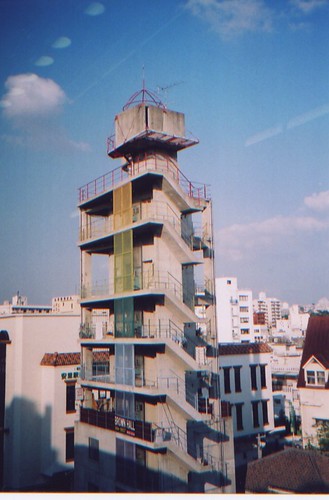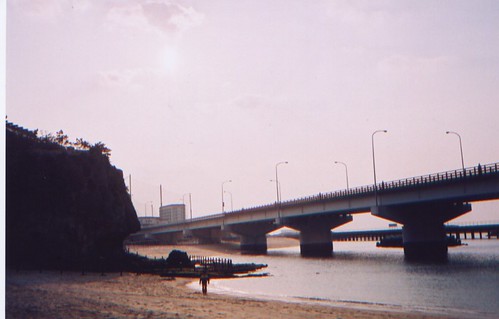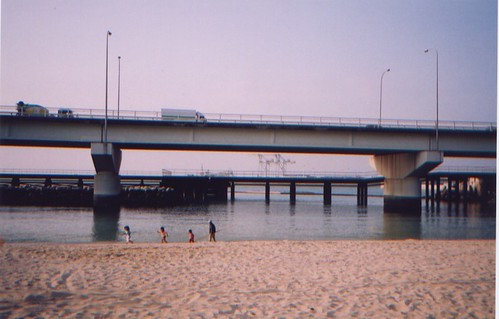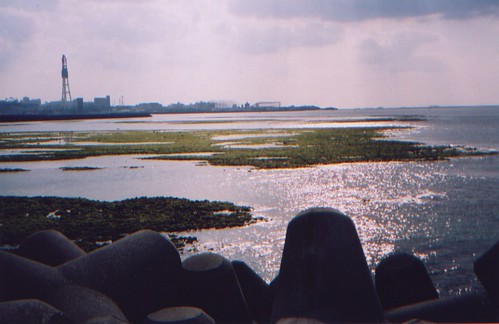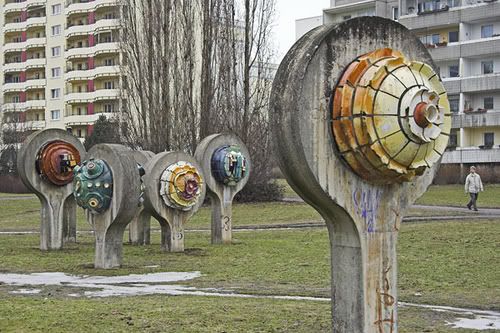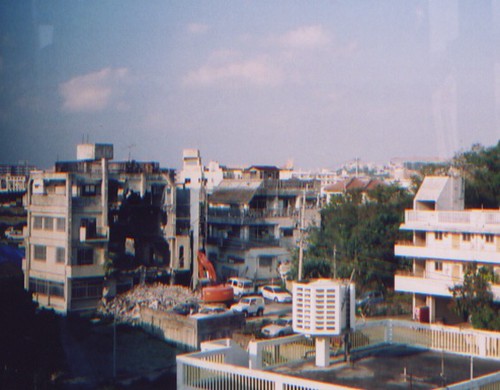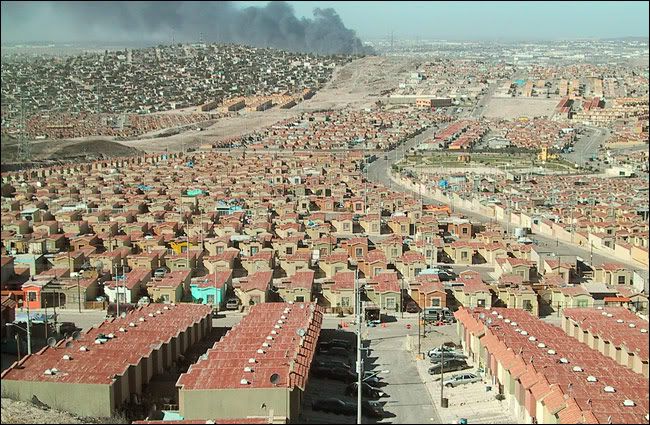March 28, 2006
the Amen Break
For those of you interested in copyright and creative commons issues, check out this video. Also below you can find info on academic writing annotated bibliography and how to organize it. Nothing interesting happens visually over the creative commons ideas, but a lot about annotated bibliography (i should say that the info will be interesting for all academics and students), so you can just listen to it and open other pages on your browser, have a cup of tea, or just sit back and listen. Originally found on the blog We Make Money Not Art.
Can I Get An Amen?, by Nate Harrison, unfolds a critical perspective on one of the most sampled drums beat in the history of recorded music, the Amen Break. It begins with the pop track Amen Brother by 60’s soul band The Winstons, and traces the transformation of their drum solo from its original context as part of a ‘B’ side vinyl single into its use as a key aural ingredient in contemporary cultural expression. The work attempts to bring into scrutiny the techno-utopian notion that “information wants to be free.” it questions its effectiveness as a democratizing agent. Video on Internet Archive.)
This brings up some critical issues with copyrights and the public domain. Copyright laws as they stand now seem like they are trying to erect a dam against the wave of postmodern expression. I don’t think it will hold.
I’ve been reading Azuma Hiroki’s lecture on postmodernism in Japan where he talks about the concept of originality being lost:
As postmodernists often say, all the postmodern works (not only fine art but literature, music and many pop cultural works) are created not by being led by an idea, not an authorship nor an ideology, but by deconstructing and reconstructing the preceding works or re-reading them in a different way. In other words, postmodern artists or authors prefer dismantling the preceding works into some elements or fragments and reassembling them repeatedly rather than expressing their own authorship or originality. The accumulation of those fragments (CDs, video clips, web sites…) now becomes a kind of anonymous database from where new works emerge.
Azuma’s own take on postmodernism concerns the concept of the “database” replacing the Narrative, where originality is deemphasized and creation consists of the rearrangement of elements in the database. The Amen Break to most people is a drum beat that is reproduced everywhere, an element that DJs employ in every club around the world, an element found on countless records, a promotional tool. In other words, it is just part of the database of popular culture. No one really gives a second thought to where it originally came from.
What we see in the Amen Break is Baudrillard’s theory of the simulacrum in action. Luckily we have Nate Harrison to track down the original and follow the copies from there.
- superflat
- music


